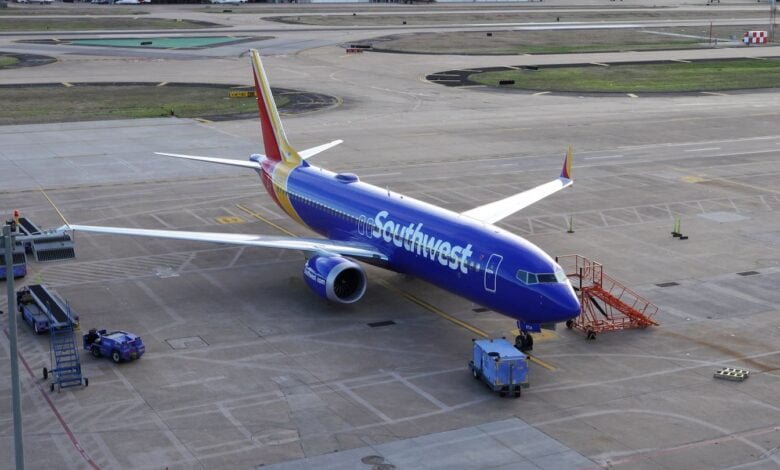‘Dutch roll’ incident on Boeing jet is being investigated

Boeing has been under extra scrutiny following the blowout of a door plug during an Alaska Airlines flight in January. This week, the manufacturer disclosed a quality problem with 787 Dreamliner jets. The FAA is also investigating how titanium with falsified documentation was used in some Boeing and Airbus planes.
On May 25, the Southwest plane was flying at 34,000 feet around 8 a.m. when the Dutch roll incident occurred, the NTSB said in a statement.
A Dutch roll happens when a plane rolls, or tilts side to side, and the tail moves left to right, an action called yawing. The name refers to an ice skating technique common in the Netherlands. Eric Wydra, director of the University of Oklahoma’s School of Aviation, said in an email that the motion is not dangerous in most cases but “can be very uncomfortable for passengers.”
“The nose may go left to right as the airplane simultaneously banks side to side,” Boeing says in a post on its website about Dutch rolls. The action is prompted by wind or pilot input, Boeing says, “causing a series of oscillations that will continue until the movement fixes itself or the pilot corrects it.”
Pilots are trained to recognize and fix a Dutch roll, Wydra said, but planes are also equipped with systems called yaw dampers to automatically address the motion.
In the case of the Southwest flight, the FAA’s initial report said the flight crew “regained control.” While performing maintenance after the incident, the airline discovered damage to some structural components, according to the NTSB. The FAA’s initial report said there was damage to the “standby PCU” or power control unit.
John Cox, a retired airline pilot and instructor at the University of Southern California, said in an interview that the information available so far about the incident leaves him with “more questions than answers.”
He said a Dutch roll is a “natural aerodynamic condition” that should dampen out naturally on a 737. On some other aircraft in previous years, such a motion could cause a pilot to lose control of the plane, he said. But he is not aware of a Dutch roll ever resulting in damage on a 737.
“Having a Dutch roll event is unusual,” said Cox, CEO of the consulting firm Safety Operating Systems. “Having one that caused damage is unheard of.”
Investigators are looking into whether the damaged power control unit contributed to the unexpected motion, or the motion caused the damage, the FAA said.
Southwest informed the NTSB about the event and the damage June 7. The safety board said it had received data from the plane’s flight data recorder, which will help investigators determine “the length and severity of the event.” The cockpit voice recorder, which is limited to two hours of audio, has been overwritten.
Flight-tracking data shows the plane did not leave Oakland until June 6, when it traveled to Everett, Wash. It has been there ever since. The FAA published information about the incident Wednesday.
A preliminary report from NTSB is expected soon — within 30 days of the May 25 event.
Southwest said it was “participating in and supporting the investigation,” referring questions to the FAA and NTSB. Boeing declined to answer questions and deferred to Southwest.
The event was not widely publicized until the Aviation Herald, a site that covers industry incidents and news, published an article Wednesday.
Source link




